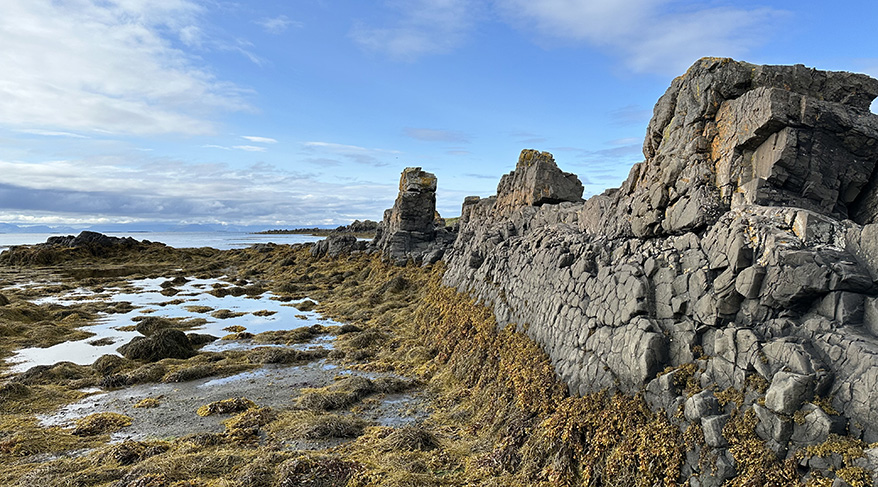Seaweed could be set to fashion the future

How about a dress or trousers made from seaweed? A Nordic research and collaboration project is looking at how one of the ocean's raw materials can be used to make the fashion industry more sustainable.
The fashion and textile industry is responsible for around 10 percent of global carbon dioxide emissions, more than shipping and international aviation combined. Not only does the production of clothing use large amounts of resources, but it also generates high levels of carbon dioxide emissions. According to the European Environment Agency, in 2020 textile production in the EU will require a total of 400 square metres of land, 391 kilograms of raw materials and 9 cubic metres of water per person, resulting in a carbon footprint of 270 kilograms.
Leading a pilot
"We need to move away from fossil-based clothing production using forest biomass - it's not enough. Clothing made from seaweed fibres is a possibility," says Fredrik Gröndahl, an industrial ecology researcher and marine biologist at KTH Royal Institute of Technology.

He is leading the pilot project, which is initially a collaboration between Aalto University and KTH and will expand next year into a collaboration between Iceland, Finland and Sweden. Fredrik Gröndahl has spent many years researching how to make food from seaweed, among other things, and is the coordinator of the Blue Food research centre.
"We started with food, which is one of the biggest polluters, and now we are looking at clothing."
The project also involves an Icelandic clothing designer who is already producing seaweed clothing. The raw material comes from a large seaweed on a group of islands called the Sleepy Islands in western Iceland.
"The raw material can be turned into a fibre called pyratex, which can be used as a thread that is much less harmful to the environment than cotton," Gröndahl says.
What is the next step?
"The aim of the Nordic collaboration is now to carry out a sustainability assessment and life cycle analysis of the entire process, from the harvesting of the seaweed to the production of the clothing, and then compare it with other textile production. Then we will see if the hypothesis that seaweed based raw materials produce significantly less emission is correct."
Do you think we will be wearing seaweed clothing in the future?
"Yes, I am absolutely convinced. The land is overexploited and now we need to get more raw materials from the oceans, where there are large areas for growing seaweed, which also is fast-growing. And there is no need for pesticides," Gröndahl says.
When could this become a reality?
"It's hard to say. But often when alternatives are developed, they are too expensive at first because production is very small. But the more we change, the cheaper it can become, " says Gröndahl.
Text: Jill Klackenberg
